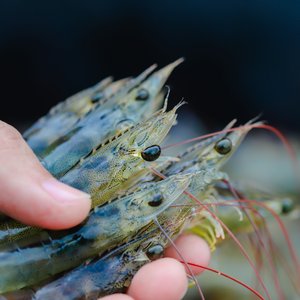Cephalopods are gaining momentum as an alternate group for aquaculture species diversification, not only because they are a good food source (highly appreciated in some worldwide markets) but they also have the potential to quickly reach a market size. However, some bottlenecks are impeding the transition of culture technology from the laboratory to industry.
One of these bottlenecks is related to control reproduction in captivity. Portuguese researchers from the SEPIABREED project have recently published an approach to optimal rearing conditions and costs of breeding cuttlefish (Sepia officinalis) in captivity.
Researchers tested the effects of different types of tanks (bottom areas, volumes), sex ratios and feed in welfare conditions to optimize the reproduction performance of S. officinalis broodstocks. One hundred and ninety-two juvenile cuttlefish were raised in different rearing conditions for 300 days.
Higher growth rates and a higher number of cuttlefish available to breed were obtained when optimizing the rearing conditions. A total of 123,751 eggs in 85 batches were obtained, which is a number that researchers consider meet the requirements of a small-scale cuttlefish commercial hatchery. The optimized conditions also contributed to a better and predictable reproduction performance and higher amount and quality of eggs. Researchers calculated a cost of €8.40 per cuttlefish and an overall daily tank expense of €1.76.
Download the study here.














